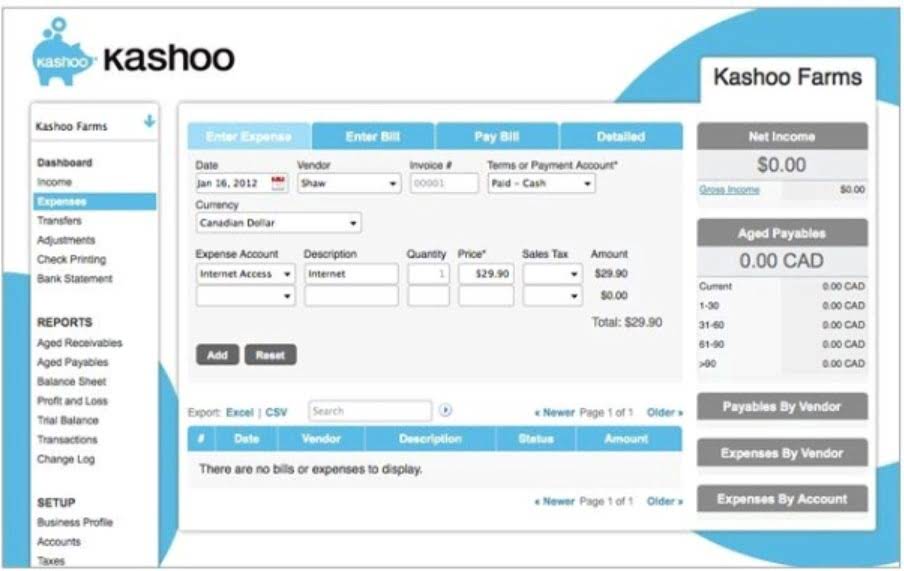
It’s important because it can help ensure that the financial transactions that occur throughout an accounting period are accurately and properly recorded and reported. This can provide businesses with a clear understanding of their financial health and ensure compliance with federal regulations. Closing the period involves shifting the balances in the revenue and expense accounts into the retained earnings account, leaving them empty and ready to receive transactions for the next accounting period. This is an automated process in many accounting software packages.
- Using the software, business owners can accurately log their data with detailed descriptions of each monetary activity.
- The accounting cycle is started and completed within an accounting period, the time in which financial statements are prepared.
- Most companies seek to analyze their performance on a monthly basis, though some may focus more heavily on quarterly or annual results.
- Bookkeeping can be a daunting task, even for the most seasoned business owners.
- Beyond sales, there are also expenses that can come in many varieties.
Searching for and fixing these errors is called making correcting entries. In addition, your company needs to develop a solid training plan designed to give end users the knowledge, skills and tools necessary to be successful. A strategic communications plan will help bring people along as the information needed to be successful is shared in a just-in-time fashion. It is during this critical first phase that you look at change from a systemic lens and determine the cadence and pace of change in the context of what else is taking place in the organization.
Understanding the 8-Step Accounting Cycle
Closing is usually a good time to file paperwork, plan for the next reporting period, and review a calendar of future events and tasks. The accounting cycle is used comprehensively through one full reporting period. Thus, staying organized throughout the process’s time frame can be a key element that helps to maintain overall efficiency. Most companies seek to analyze their performance on a monthly basis, though some may focus more heavily on quarterly or annual results. This version of the trial balance should have zero account balances for all revenue and expense accounts. It may be necessary to adjust the trial balance, either to correct errors or to create allowances of various kinds, or to accrue for revenues or expenses in the period.
This means your books are up to date for the accounting period, and it signifies the start of the next accounting cycle. After accountants and management analyze the balances on the unadjusted trial balance, How to Meet Your Bookkeeping Needs they can then make end of period adjustments like depreciation expense and expense accruals. These adjusted journal entries are posted to the trial balance turning it into an adjusted trial balance.
Entering Transactions in the Journal
Completing the accounting cycle can be time-consuming, especially if you don’t feel organized. Here are some tips to help streamline the bookkeeping process and save you time. Your business may post dozens of accounting transactions each week. And if you make a mistake, you’ll be able to correct it much faster. As your company’s bookkeeper, you may generate a tax report for your CPA. The report assigns each expense to the correct line on the company’s tax return.

Financial statements are vital for understanding a company’s health and providing insight into important trends and changes. Following the eight-step accounting cycle can help you accurately record all financial transactions, catch and correct errors and balance your books at the end of each fiscal year before you close them. Companies might employ multiple accounting periods, but it’s crucial to note that each period solely reports transactions within that time frame.
Step 7: Financial Statements
The accounting cycle serves as the backbone of financial management, providing a systematic approach to track, analyze, and communicate a company’s financial health and performance. A bookkeeper is responsible for identifying the accounts in which transactions should be recorded. Business owners should not use the single-entry option because they can’t generate the account activity required to create balance sheets or cash flow statements. If you’re managing your business with the single-entry method, a CPA can help you move to the double-entry method. For example, public entities are required to submit financial statements by certain dates.
